Sikorsky S40 Plans and Drawings
The Evolution of a Dream: Igor Sikorsky'south Flying Boats
By Doug Miller
Today, the proper name Sikorsky is synonymous with helicopters. Building vertical elevator aircraft was a goal the Russian aeronautical inventor pursued from his early years. But he had some other dream that he would pursue as well – literally – from the time he was not yet a teenager. He was destined to create an ocean-going ship that could wing. It would accept him several decades to go far at the phase of real-earth problem solving and trial and mistake at which he excelled earlier he could get to piece of work on the concept in hostage.
As a young engineer in Russia he built the world's get-go iv engine aircraft before the First World War, and was largely responsible for that nation's embryonic aircraft development during the disharmonize. But the coming of the Russian Revolution forced him to flee to the West, and after a stint in France, he eventually wound upwardly in America in 1919 with not much more than his hopes for a career designing aircraft. He struggled to establish himself, making ends meet teaching while pursuing his existent passion.
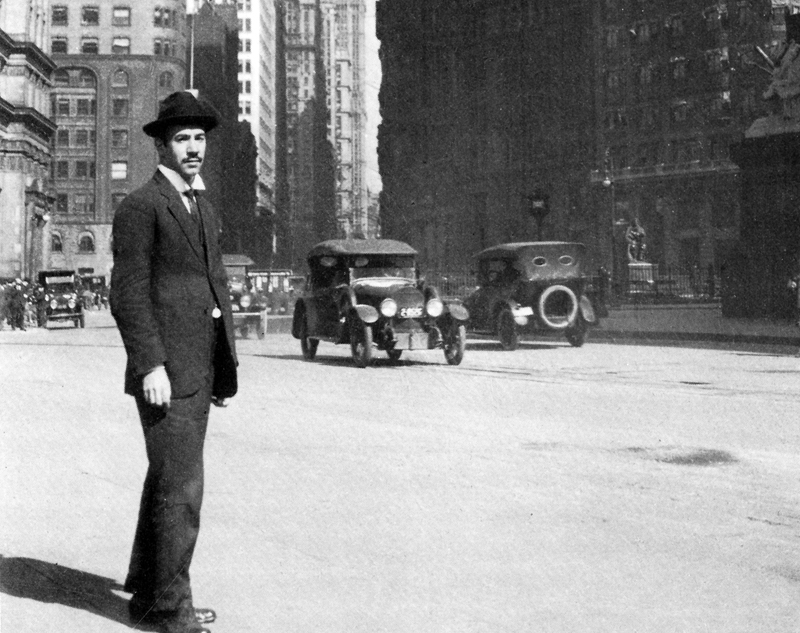
Photograph: IGOR SIKORSKY IN NEW YORK, 1919 (SIKORSKY ARCHIVES)
By 1924, with the assist of boyfriend Russian émigrés, Sikorsky had established the Sikorsky Aero Engineering Corporation on Long Isle. The start product, the twin-engine S-29, was well-nigh wrecked on a test flying, simply with an emergency infusion of cash from famed composer Sergei Rachmaninoff, the plane was made to wing successfully. After that, the mode forrard was much smoother. The following months saw Sikorsky Aero focusing on land planes, simply it wasn't lost on the designer that the market potential for long-range transports might favor designs that could alight on water. By 1927, that business opportunity seemed to exist a real prospect. Information technology would take Igor Sikorsky into a realm he had non explored before – except in a childhood dream.
Simply the first of Igor Sikorsky's flying boat design journey was nigh its finish. May 31st, 1927 was a generally sunny and mild day on Long Island Sound when he and a small crew took his showtime flight boat, the Southward-34, out for a examination flight. A headline the adjacent day read "Sikorsky in Plane Falls into the Bay." It had been a near thing. The right engine on the twin-engine flight gunkhole had quit at 800 feet, non far from the Sikorsky factory at Higher Point, Long Island. Sikorsky, along with a mechanic and pilot Charles Collyer survived the resulting nosedive and crash, but the S-34, a one-off image, was a write-off. They were lucky to survive.
PHOTO: THE S-34 Merely ONE WAS Congenital (SIKORSKY Archives)
Sikorsky's initial flying gunkhole design borrowed from a tested concept developed some years before by Glenn Curtiss, who had pioneered flying boats starting before World War I. The design arroyo that worked for Curtiss was a shortened hull, to reduce weight, and an empennage, or tail section, mounted behind on booms extending from and high in a higher place the hull. This characteristic kept the control surfaces high out of the h2o, merely also well placed to maintain control in the shipping's slipstream. It was the same approach Curtiss had used on his design for the NC-4 flying boat, with which the Usa Navy had crossed the Atlantic in 1919. Information technology was a formula that would serve Sikorsky for one-half-a-dozen years.
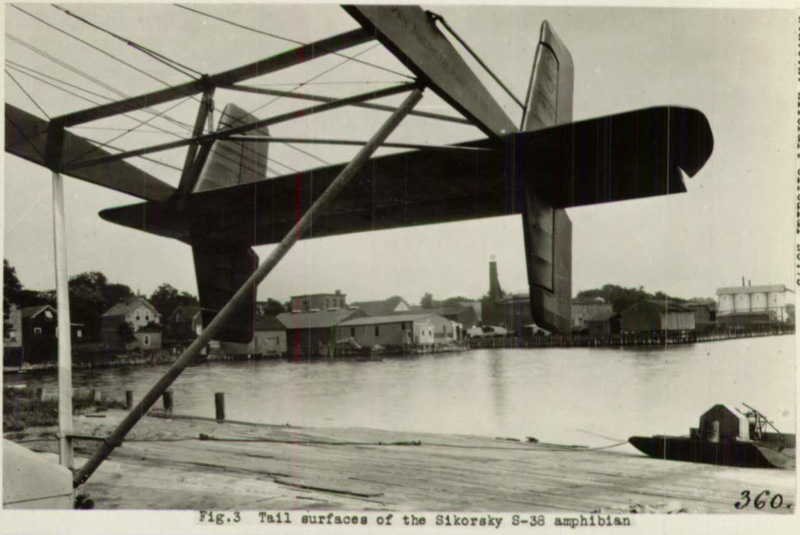
Photograph: TAIL SURFACES Assembly ON A SIKORSKY South-38 AMPHIBIAN (NACA, NATIONAL ADVISORY COMMITTEE ON Helmsmanship, precursor to NASA)
The demise of the ill-fated S-34 was hardly the cease of Sikorsky's evolving vision for water-borne aircraft. In a perfect example of what was his trait of indomitable persistence, he soon was back with a profoundly improved version of the aforementioned basic concept. The "next step" was already close to beingness released for public sale.
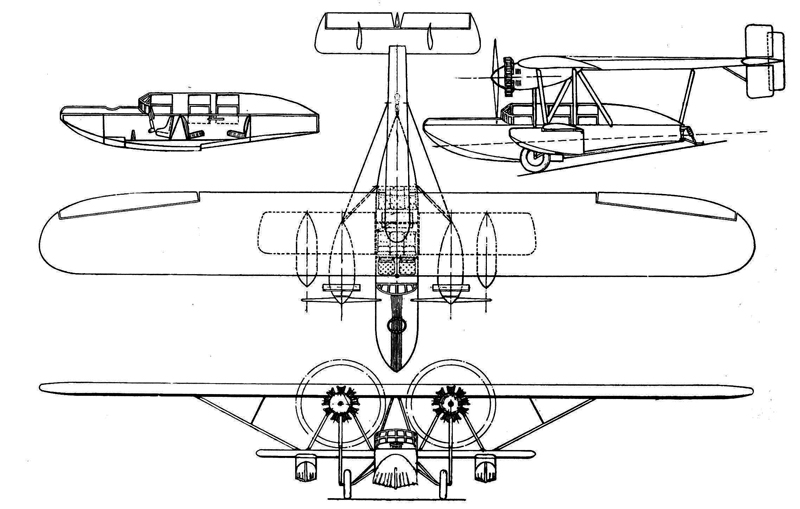
Photograph: THE SIKORSKY Southward-36: THE NEXT Stride Frontward (AERO Assimilate, 1927)
It was a similar blueprint, but markedly improved – the S-36. This was a larger and heavier version of the S-34, now equipped with retractable landing gear – an amphibian or "amphibion" as Sikorsky called his design. Unlike the Due south-34, this aircraft had an enclosed cabin, and unlike the S-34, the two Wright J-5 Cyclone engines were now mounted below, rather than on summit of the wing -a much better aerodynamic arrangement. The S-36 was to be produced for two markets. Ane was a utility model while the other was a long-range version. In the result, only five were built. I went to the U.S. Navy, two to a Canadian oil firm operating in Colombia, and one to a new airline, Pan American Airways, which was interested in surveying potential routes downwards through the Caribbean and Central America.
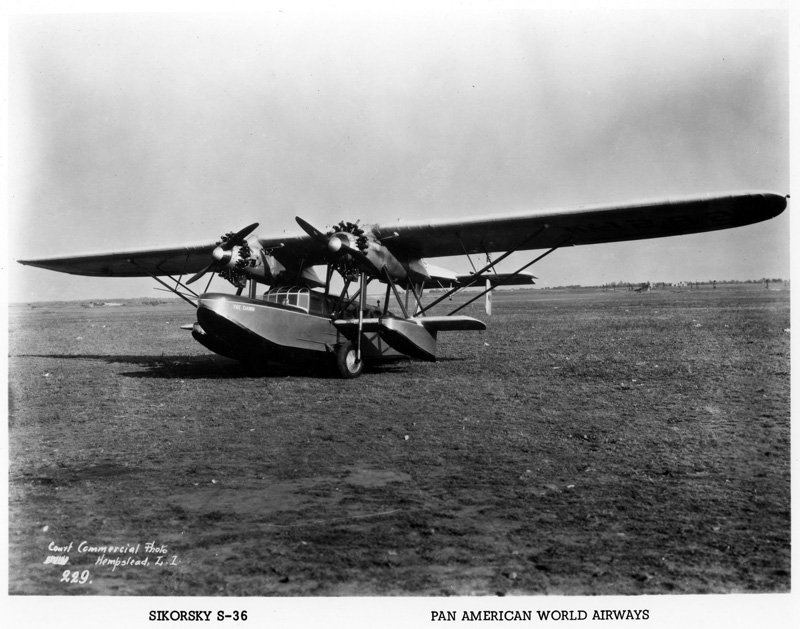
PHOTO: THE DAWN: LOST WITHOUT A TRACE (PAHF COLLECTION)
The remaining S-36, christened the "Dawn," was sold to an adventurous niece of President Woodrow Wilson, Mrs. Frances Grayson, who hoped to exist the first adult female to fly across the Atlantic (as a passenger). Her first endeavor, in October 1927 was speedily cut short due to performance issues after takeoff. She was ready to attempt a second fourth dimension that December. The Dawn was well-nigh wrecked when landing after a test flight at Roosevelt Field in Garden City, Long Island, when the plane failed to restriction properly on the wet track and about crashed into a hangar. A quick intentional basis loop by pilot Oskar Omdahl saved the plane for the side by side effort on Christmas Eve. This time the heavily laden S-36 did get off the basis, but was fated to disappear and never be seen once again. A Canadian wireless station reported receiving a fractional message from the Dawn the next day, "Something wrong…" Later that, only silence.
Certainly the road forward for Igor Sikorsky had not been free of setbacks. He had congenital a large aircraft for another transatlantic endeavour in 1926 past French aviator Rene Fonck. That plane, dubbed the S-35, crashed on takeoff from Roosevelt Field on September 21 when a tire blew out and precipitated the disintegration of the landing gear. The airplane lurched into a ditch and started to burn down furiously. Fonck and his copilot barely escaped just two other coiffure members perished in the ensuing conflagration.
Igor Sikorsky was non aloof or afar equally far as the costs paid for progress. He, along with almost all of the Sikorsky Engineering Corporation's employees went to the funeral mass held for the French radio operator who had died in the S-35 crash.
The aircraft designer was fix to provide another S-35 for a 2nd endeavor by Fonck, it was reported. Sikorsky was nothing if not resourceful, patient, and upward to facing long odds. Perchance this quality stemmed from his deep religious faith and spiritual beliefs. Merely Sikorsky had as well overcome a not bad many obstacles in pursuing his path to success, then he was not easily put off past real-globe challenges. His was a classic American story of an immigrant making proficient through vision and hard work.
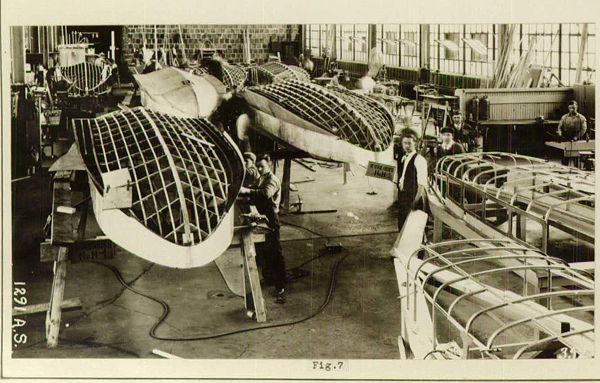
Photograph: THE SIKORSKY Manufactory Floor, c. 1928 (NACA)
The S-36 was merely some other pace on the way towards Sikorsky's vision. Information technology was just a few months subsequently that the Sikorsky Aero was ready to offering customers a bigger more powerful variant, the S-38. This plane boasted double the horsepower of the S-36, with the Wright J-5'southward being replaced with Pratt and Whitney "Wasp" engines of 450 H.P. each which were at present cleanly suspended below the wing. The single tail boom of the Southward-36 was replaced past a set of 2 booms to attach the tail section with its twin rudders.
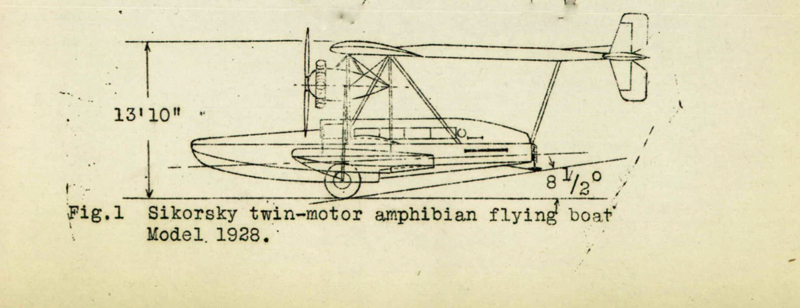
Photograph: LINE Cartoon OF THE Southward-38 (NACA, 1928)
Pan Am's S-36, delivered on a leased basis starting on Dec 7, 1927 was returned to Sikorsky after just a few weeks, in February of 1928. At that signal the airline was making do with its small fleet of Fokker tri-motor aircraft. Throughout 1928, Pan Am kept operations to a minimum, flying but between Cardinal West and Havana (with the route extended north to Miami in September of that year). For the moment, in that location was no real need for flying boats and/or amphibian aircraft – yet. That was about to change.
Past the starting time of 1929, thanks to new Foreign Airmail contracts won with the passage of the Foreign Airmail Act of 1928, Pan Am was going to be flying much farther over longer routes to places throughout the Caribbean area and Central America. A great deal of this flying was over h2o betwixt islands or to places along coastlines where the only identify to land was on water. At that place were some places where airports were to be found too, and the S-38 fit in perfectly in this operational environs, as it could state on water or terra firma both. The landing gear was exceptionally capable it was said, supposedly able to lift the airplane's hull off the ground unaided – like a push-up! Some other "characteristic" was the emergency braking option offered past retracting the landing gear if the wheel brakes were proving insufficient. (Most landing fields had grass runways in those days and then dragging the hull'southward bottom was not a catastrophic event.)
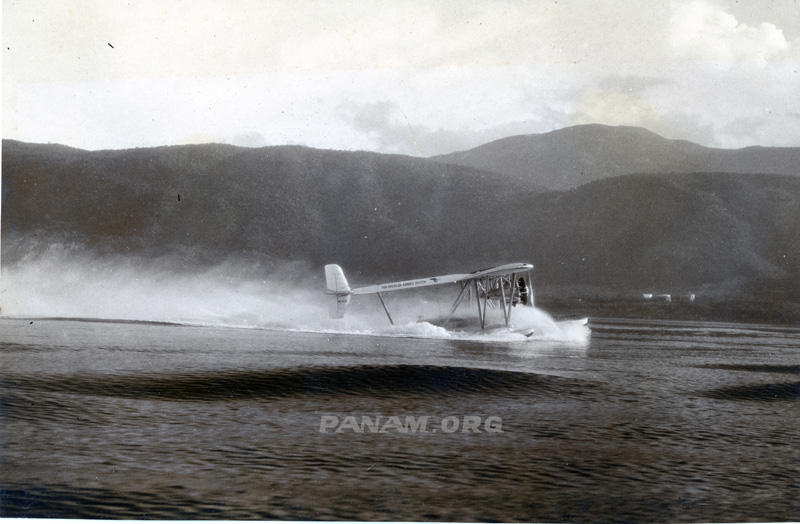
PHOTO: A PAN AM S-38 AT WORK (PAHF, JAHNCKE Collection)
The Southward-38 could behave a coiffure of three and viii passengers. Cruising at the most economical speed of 90 miles per hr, it would become three miles on a gallon of fuel. With normal fuel chapters of 180 gallons, this gave the Southward-38 very adequate range for the average 300-mile flights between stops on Pan Am'southward routes, with a reserve. And of course, equally Andre Priester, Pan Am'south Main Engineer had noted, "flying boats carried their own airports on their lesser" should the need for an emergency h2o landing occur..
The amphibian configuration was perfect for the mix of state and water landings on the routes down through the Caribbean, Primal America and down the Southward American declension that made upwards Pan Am's routes in the early years.
The success of the S-38 prompted the evolution of smaller variant, the single-engine S-39, which addressed the needs of smaller operations and sport aircraft owners.
But of course, equally in the by, Igor Sikorsky foresaw the way towards future development, and he was set when Pan Am's Juan Trippe reached out to him at the finish of 1929 with a request for a bigger ship. Later on the Due south-38 (of which Pan Am ended upwards with 38 of the 111 built) he came upwards with what looked like a behemothic variation on the theme – the S-40. This was dubbed the "flying forest" past some, due to the elaborate external bracing and struts that supported the same style of twin-blast tail structure as the S-38. The four engines were likewise hung below the wing. The original design was also that of an amphibian configuration, but this system was undone afterwards, due to the weight of the landing gear. The S-40 could conduct twoscore passengers – five times the chapters of the S-38. It was also much longer-legged, with a range of 900 miles.
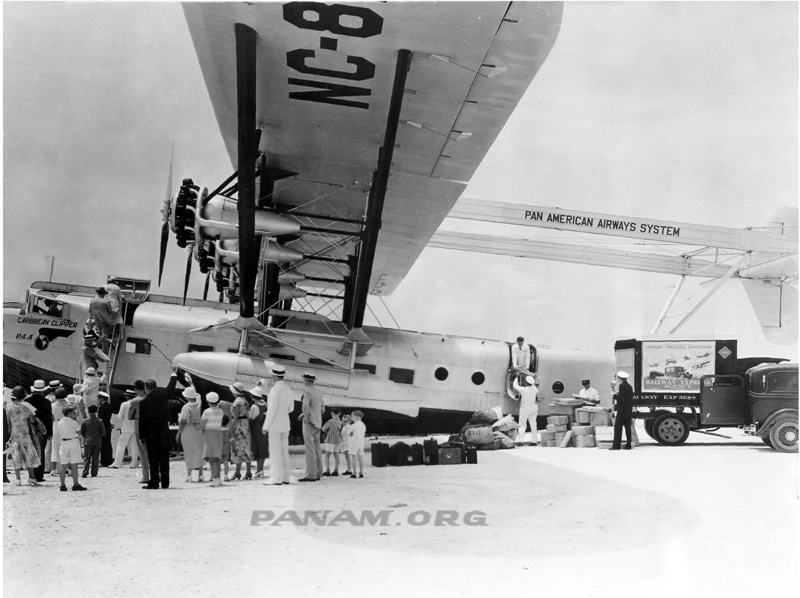 Photo: THE South-40: THE "Flight Woods" (PAHF COLLECTION)
Photo: THE South-40: THE "Flight Woods" (PAHF COLLECTION)
This was near literally, Igor Sikorsky's "dream boat." As a youngster growing up in Russia, as he recounted in his autobiography, "The Story of the Winged S" courtesy of the Sikorsky Archives :
" …at the age of about 11 years, I had a wonderful dream… I saw myself walking forth a narrow, luxuriously decorated passageway. On both sides were walnut doors, like to the state room doors of a steamer. The flooring was covered with an bonny carpet. A spherical electric calorie-free from the ceiling produced a pleasant bluish illumination. Walking slowly, I felt a slight vibration nether my anxiety and was not surprised to find that the feeling was different from that experienced on a steamer or on a railroad train. I took this for granted considering in my dream I knew that I was on lath a large flying ship in the air."
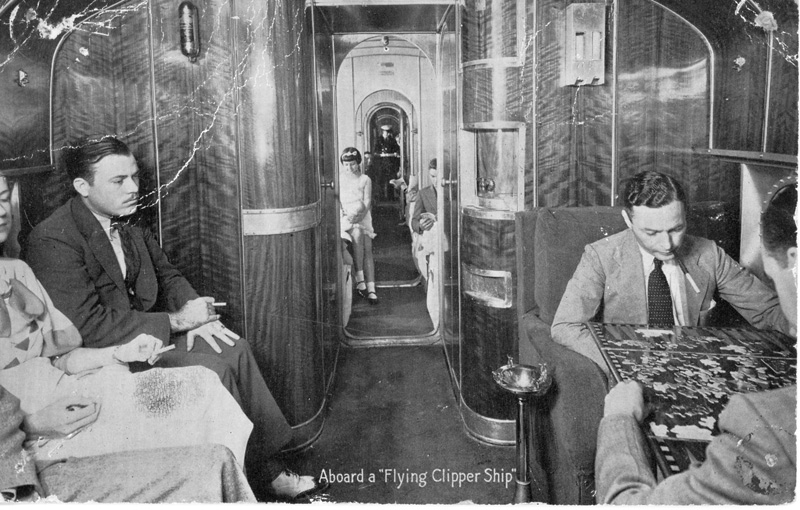 PHOTO: S-40 CABIN: A BOYHOOD DREAM REALIZED (PAHF, ZAVADA Drove)
PHOTO: S-40 CABIN: A BOYHOOD DREAM REALIZED (PAHF, ZAVADA Drove)
This dream became reality in 1931, when Igor Sikorsky actually flew in his new cosmos, the S-40. He had, he realized, brought his own dream to life. The American Clipper, as the commencement South-40 was christened, was the embodiment of his youthful vision, right down to the walnut paneling, the carpeted floor, and the blue lights in a higher place. It was a remarkable life experience. The S-twoscore also represented something special for Pan Am: information technology was starting time shipping the airline would call "Clipper," starting a 60-year-long tradition that lived on as long every bit Pan American Airways did.
The South-40 was a big airplane – it weighed over 17 tons, and was designed to deport larger payloads over long over-water routes, like the 600-mile stretch from Kingston, Jamaica to Barranquilla, Colombia. But fifty-fifty before the premiere of the big plane, Sikorsky developed the Southward-41, helping to fill a gap on Pan Am'due south shorter haul routes. This plane, essentially an enlarged version of the successful S-38, came online in September 1930. Pan Am bought 3.
Sikorsky continued on with the evolution of flying boats. After the S-twoscore (three were built), his adjacent "boat" was the truly evolutionary S-42, in 1934. This aircraft incorporated many aeronautical advances and was a far more than capable flying machine than any of his previous designs. Pan Am again was the sole launch client and bought all x, which by the end of production had developed into the S-42B.
The new clipper, designed with the agile participation of Pan Am'southward Technical Counselor Charles Lindbergh, was a sharp break from earlier Sikorsky flying boat design. Gone was the bad-mannered-looking nail and tail department approach – the empennage was mounted directly on top of the fuselage. Now, thank you to the utilise of controllable-pitch propellers and engine brakes that could eliminate the hazard of out of control "windmilling" propellers in the case of in-flying engine failures, the S-42's engines were faired directly into the wing, not hanging below, a far cleaner aerodynamic system.
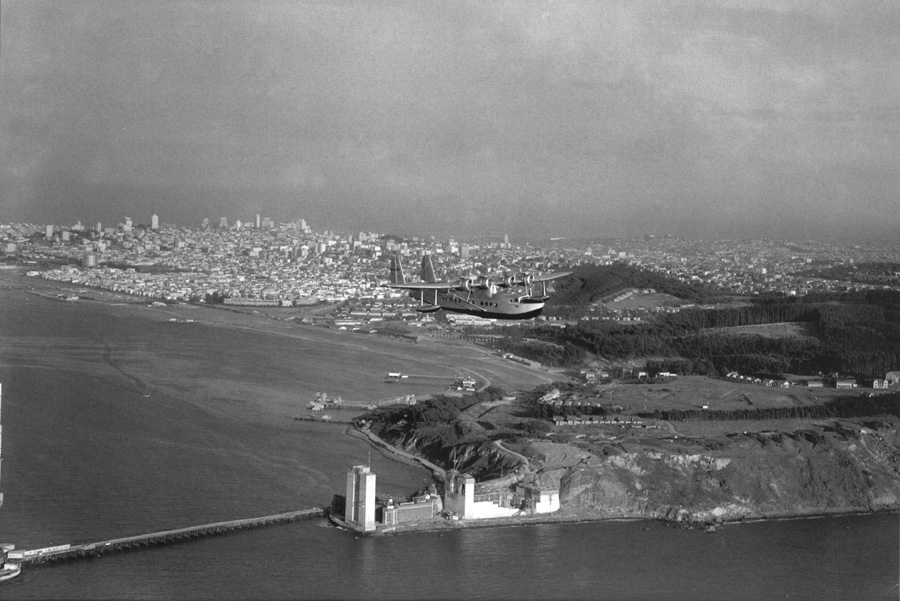
PHOTO: THE South-42: AN EVOLUTIONARY Blueprint (CLYDE SUNDERLAND Photograph, PAHF COLLECTION)
The plane had trailing-border flaps, which helped both to reduce takeoff runs and landing speeds. The wing design was very innovative and efficient, making possible high wing loading, comparable to that of contemporary racing aeroplane design. Improvements in materials and engines made for a standing development of the Southward-42, which by 1936 was being built as the S-42B. The range and payload of this shipping had been improved by about ten per centum over the commencement models. All in all, Pan Am acquired ten S-42's. Equipped for long-range fuel endurance, they made information technology possible for Pan Am to initiate surveys of transoceanic routes – the opening of the door to truly global commercial air send.
The S-42 was followed past the S-43 in early on 1936 – known as the "Baby Clipper." This twin-engine amphibian was well adapted for the brusk haul routes of South America, where the type saw most of its service for Pan Am and partner airline Panair do Brasil. Birthday Pan Am bought 12 of the 53 built by Sikorsky. Some other, once owned by Howard Hughes, is now restored and is in Kermit Weeks' collection in Florida (along with an S-38 and an South-39 likewise!) One, acquired by the US Marine Corps, survived the attack at Pearl Harbor in 1941 and is beingness restored at the National Air and Space Museum in Virginia. The Pima Air and Infinite Museum in Tucson has the third extant model.
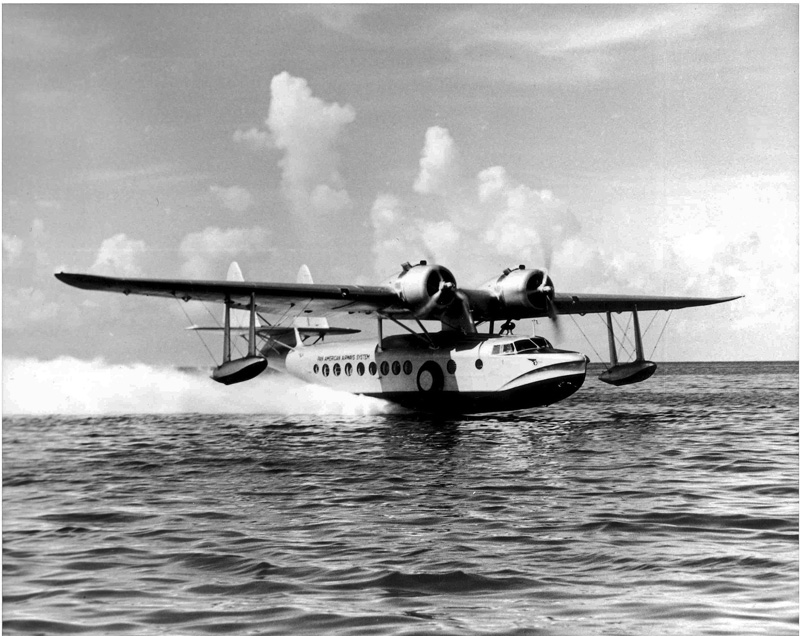 PHOTO: A PAN AM S-43 "BABY CLIPPER" ON THE STEP (PAHF Collection)
PHOTO: A PAN AM S-43 "BABY CLIPPER" ON THE STEP (PAHF Collection)
By the shut of the1930's, Igor Sikorsky was nearing the culmination of his flight boat pattern journey. The final product was the VS-44. (Since 1929,Sikorsky's visitor had been a part of United Aircraft, which merged the visitor with another subsidiary, Vought Aircraft. Hence the prefix "VS.") The civil flying boat pattern had emerged from an earlier 1937 prototype patrol bomber that had been passed over by the US Navy. Although Igor Sikorsky had hopes for recapturing Pan Am'southward business with the VS-44, (and another, larger design which was never built named the VS-45), the airline had already committed to Boeing and its B-314. Although the Boeing had greater payload, the Sikorsky could wing faster and further. It was a serious contender, but the market was small, and Pan Am had found other answers to its flying boat needs. In the event, there were three VS-44's built for, and flown past American Export Airlines (AEA), a subsidiary of the American Export Steamship Company wth hopes of competing in the transatlantic airline business. Although ordered in 1939, the VS-44's didn't come across service on the route to Europe until 1942 (in part due to objections raised by competitor Pan Am).
PHOTO: THE VS-44 THE FINAL FLYING Boat (PAHF, ZAVADA COLLECTION)
Even though they never flew for Pan Am, the VS-44's had a tangential familial connection. AEA became American Overseas Airlines (AOA) when the visitor was absorbed by American Airlines after WWII. And then in 1950, AOA itself became part of Pan Am, although the flying boats were a fading memory by and so. The sole surviving VS-44 is at present on display at the New England Air Museum near Connecticut's Bradley International Aerodrome (BDL), having been carefully restored by former Sikorsky employees in the 1990'southward. A few other models of earlier Sikorsky flying boats as well survive besides, although no S-40's or Due south-42'due south remain.
The Sikorsky flight boat legacy was complete with the VS-44. The visionary designer would soon be moving on to pursue some other dream of his youth – a successful vertical flight machine. As with flying boats, he would attain astonishing success. His flight boats remain as a handful of museum pieces and memories, but the skies are filled with his helicopters.
A note: In the interests of simplicity, we have treated both Sikorsky amphibian aircraft ("amphibions") and pure flight boats every bit a single class of aircraft for this article.
Source: https://www.panam.org/people-places/767-sikorsky-evolution-of-a-dream
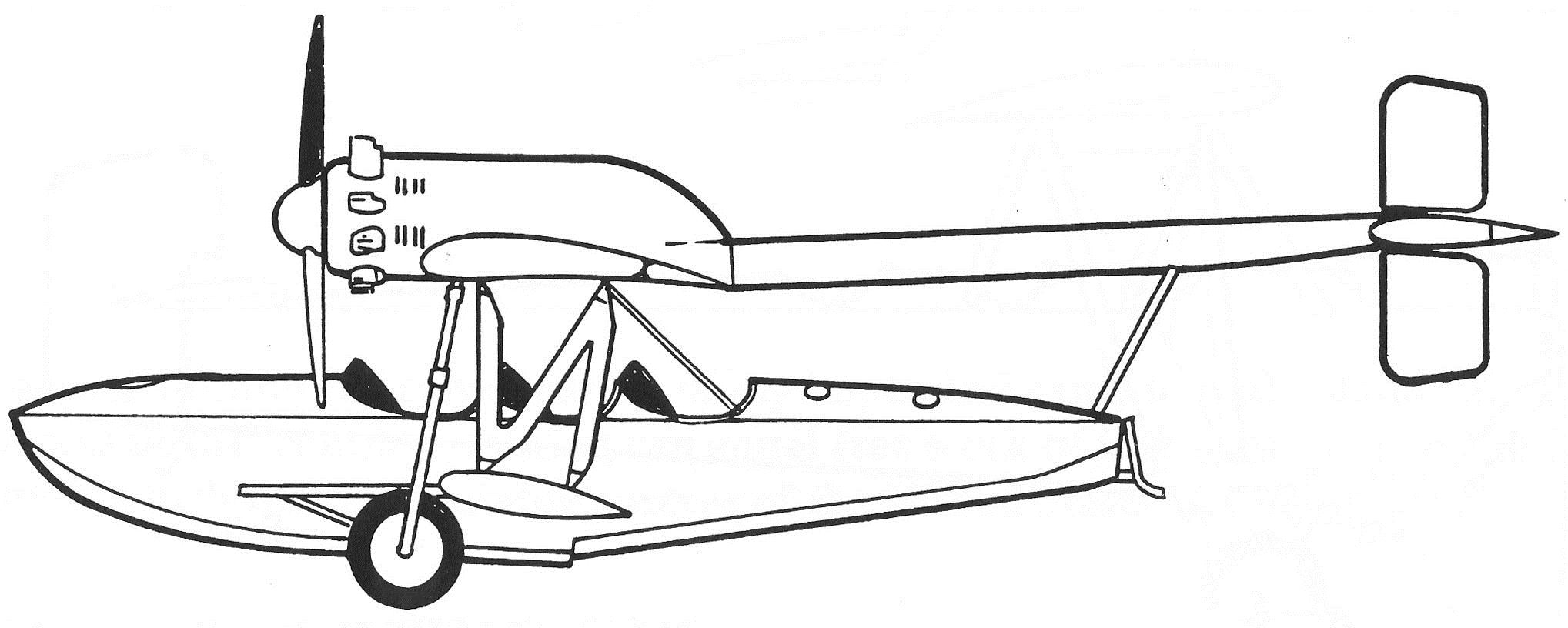
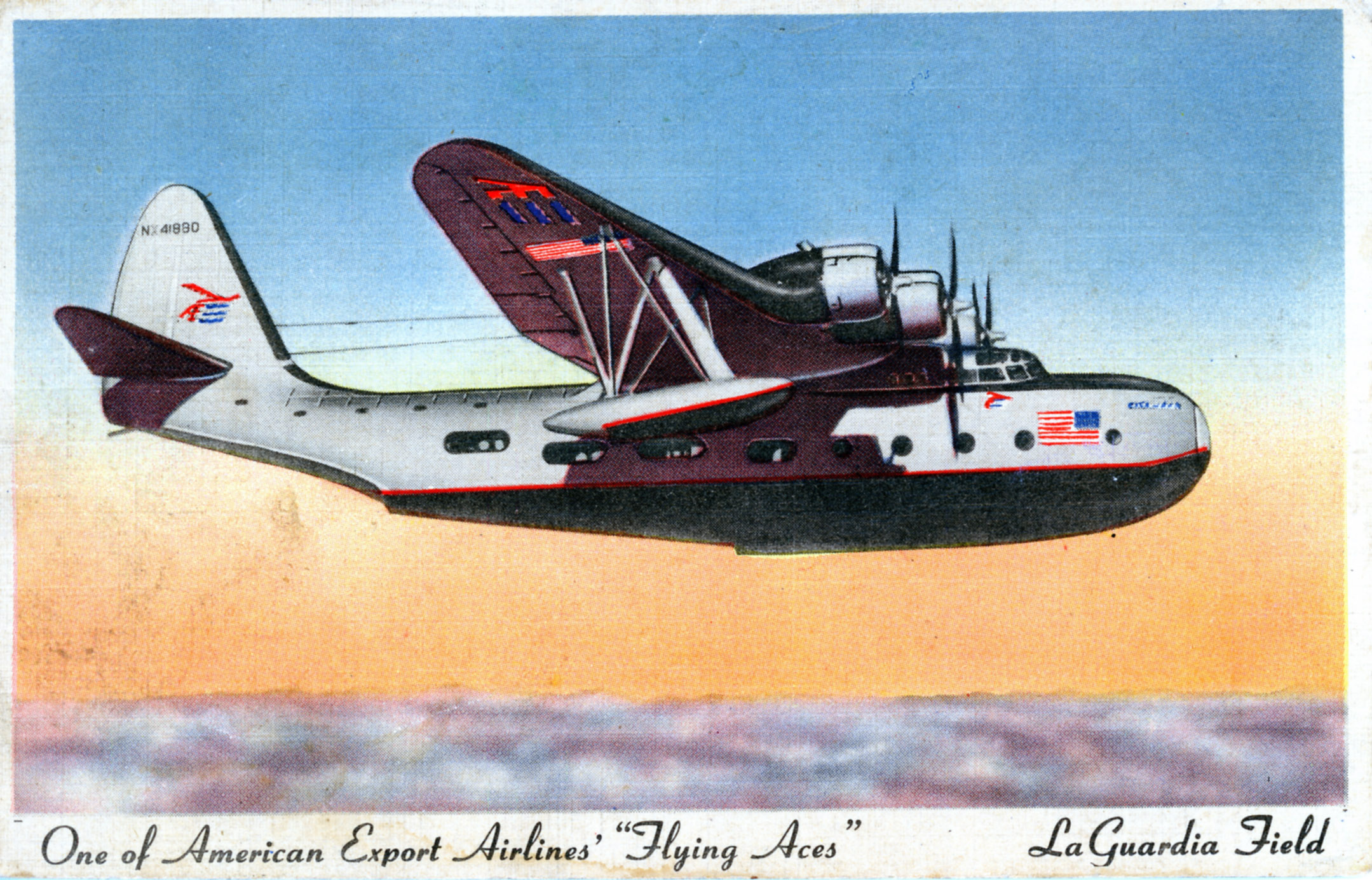
0 Response to "Sikorsky S40 Plans and Drawings"
Post a Comment